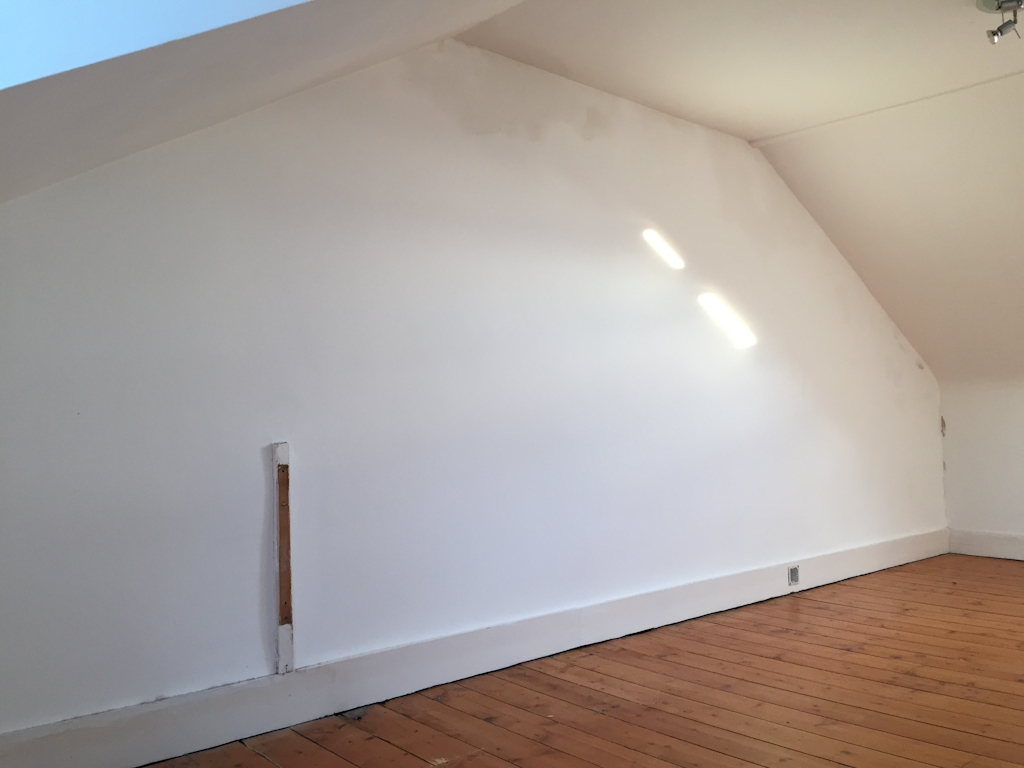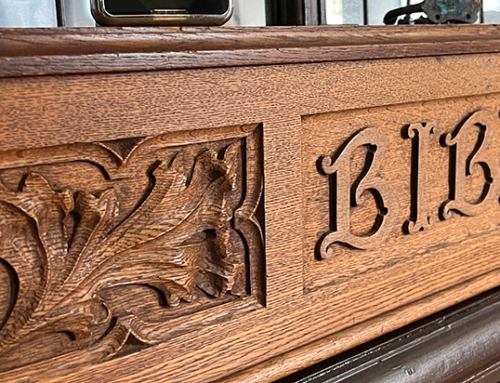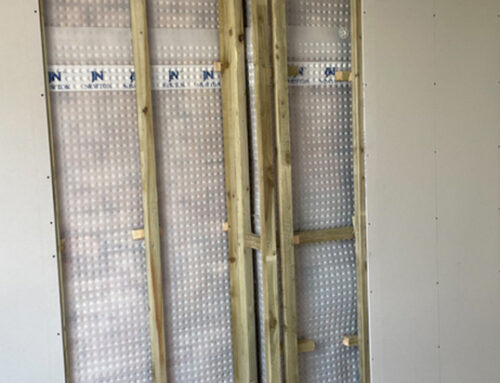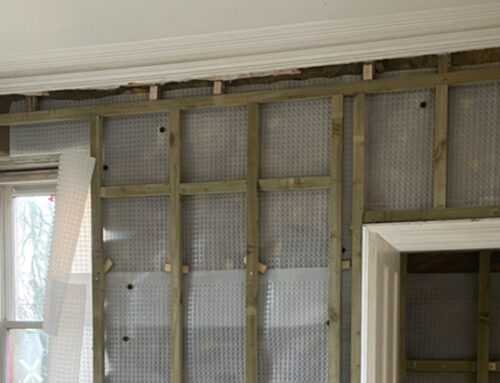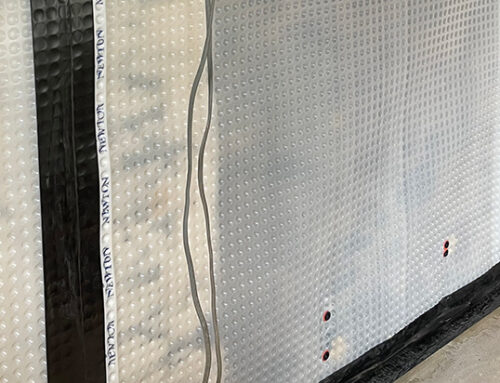Penetrating damp treatment work carried out in the attic room of a property in Bright Street, Aberdeen.
Problem
There had been some break down of the roof linings (slates and cement work on the skew) which had allowed moisture to penetrate the supporting granite brickwork. Previous decoration work had been carried out to the walls within which didn’t allowed for moisture control. A thick plaster coating had been applied directly to the brickwork, which resulted in it acting like a sponge, never fully drying out and hence the appearance of damp marks on the surface.
Solution
- Remove the affected plasterwork and fitted timbers
- Drill and irrigate the walls with a biocide solution to prevent and fungal growth within and on the still damp masonry
- Fit a damp proof membrane to the masonry which prevents any moisture to come through, and allow for airflow and the brickwork to breath
- Install treated timber framing in front of the membrane. Membrane fitting ‘brick plugs with seals’ were used behind each packer which allowed for a solid fixing for the framing
- A 12.5mm foiled back plasterboard (Duplex) was finally fitted to the framing, left ready for the clients own plasterer to give it a skim coating
No finishings were required (skirtings etc.) as the client was to have fitted wardrobes installed once the plasterwork was completed and a new hardwood floor laid.
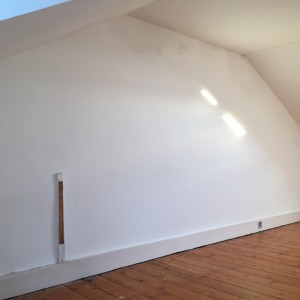
Penetrating Damp caused by faulty roof linings. Marks clearly visible at ceiling height

Wall after it has been stripped of the plaster, drilled in between the brickwork and brushed down
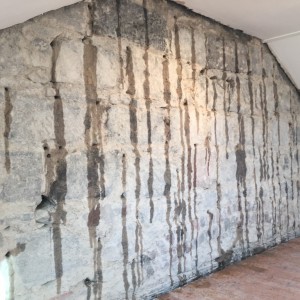
Masonry drilled and injected with a biocide solution to prevent any fungal growth
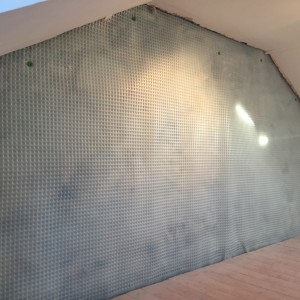
Waterproofing membrane installed as a damp proof measure
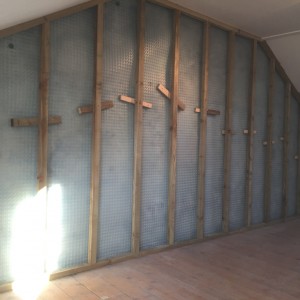
Treated timber framing installed in front of the membrane
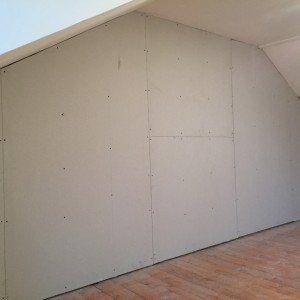
Duplex plasterboard fitted to new framing ready for a skim coat

